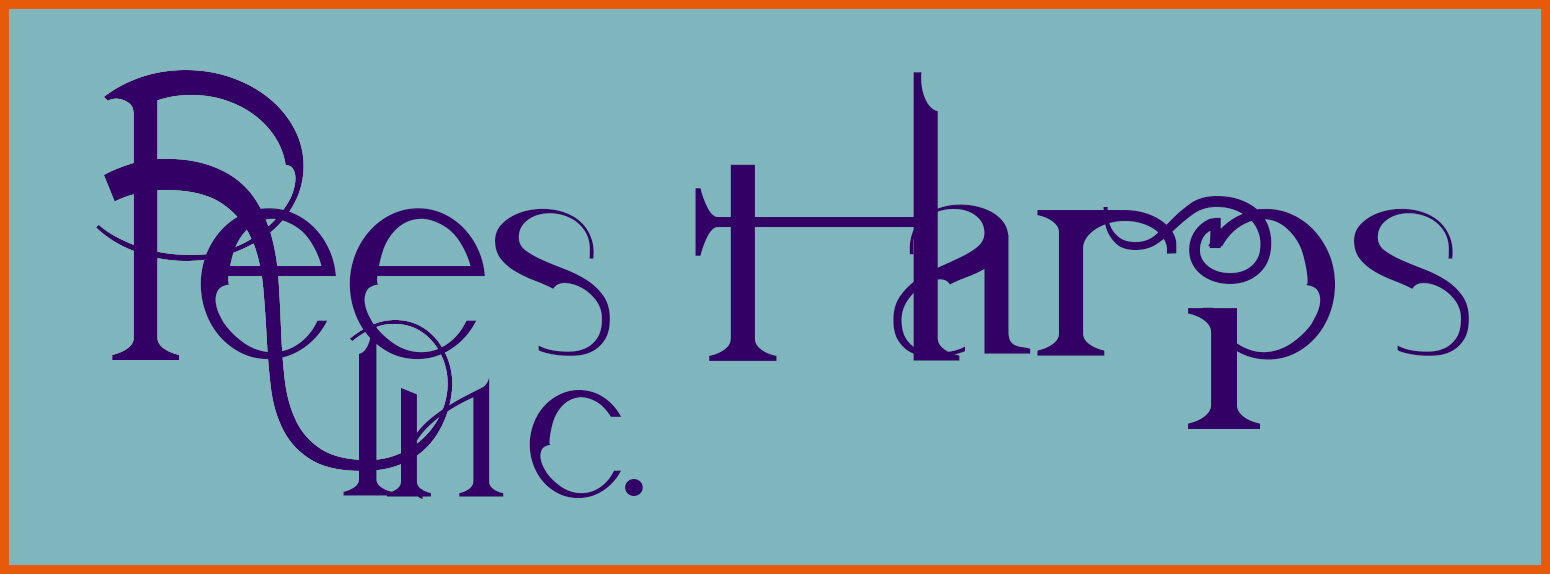Bigger is not Better
The African harp.
Everyone understands that while the violin and the cello are both members of the violin family, they are two different instruments and a player does not advance from a violin to a cello. No one ever said, “Gosh, that Itzhak Pearlman, he’s so incredible on the violin. It’s too bad he never moved up to the double bass.”
Within the harp family there are pedal harps, lever harps, Paraguayan harps, Chinese harps, African harps, wire harps, double harps, triple harps, cross harps and on and on. All of these types of harps are discrete instruments just as are the violin, viola, cello and double bass. As with the violin family, one does not move up from a wire harp to a Paraguayan harp or from a lever harp to a pedal harp.
Many harpers play more than one kind of harp but if they are doing it properly they are changing their technique to accommodate the differences in tradition and musicality for that instrument. The belief that the pedal harp is the most effective harp for all types of music is simply incorrect just as is the belief that the technique appropriate for a pedal harp is equally applicable to a lever harp.
Because of the mechanical weight and stress of the pedal mechanism, when it comes to voice a pedal harp forfeits subtlety. By design a pedal harp simply cannot be as sensitive to a vibration as a lever harp. Equally, a lever harp cannot fulfill the vibrant role in an orchestra to which a pedal harp is so wonderfully suited.
In terms of harp lutheries, distinct emphasis, skills and specialties are involved for the craftsman of various kinds of harps. It is not a coincidence that the finest lever harp lutheries do not build pedal harps and that the famous pedal harp lutheries are not known for building concert quality lever harps.
In summary, there are many members of the harp family. They are different instruments, intended for different purposes, played using different techniques, usually playing different music and built by different artisans–and all of that difference is a good thing.


